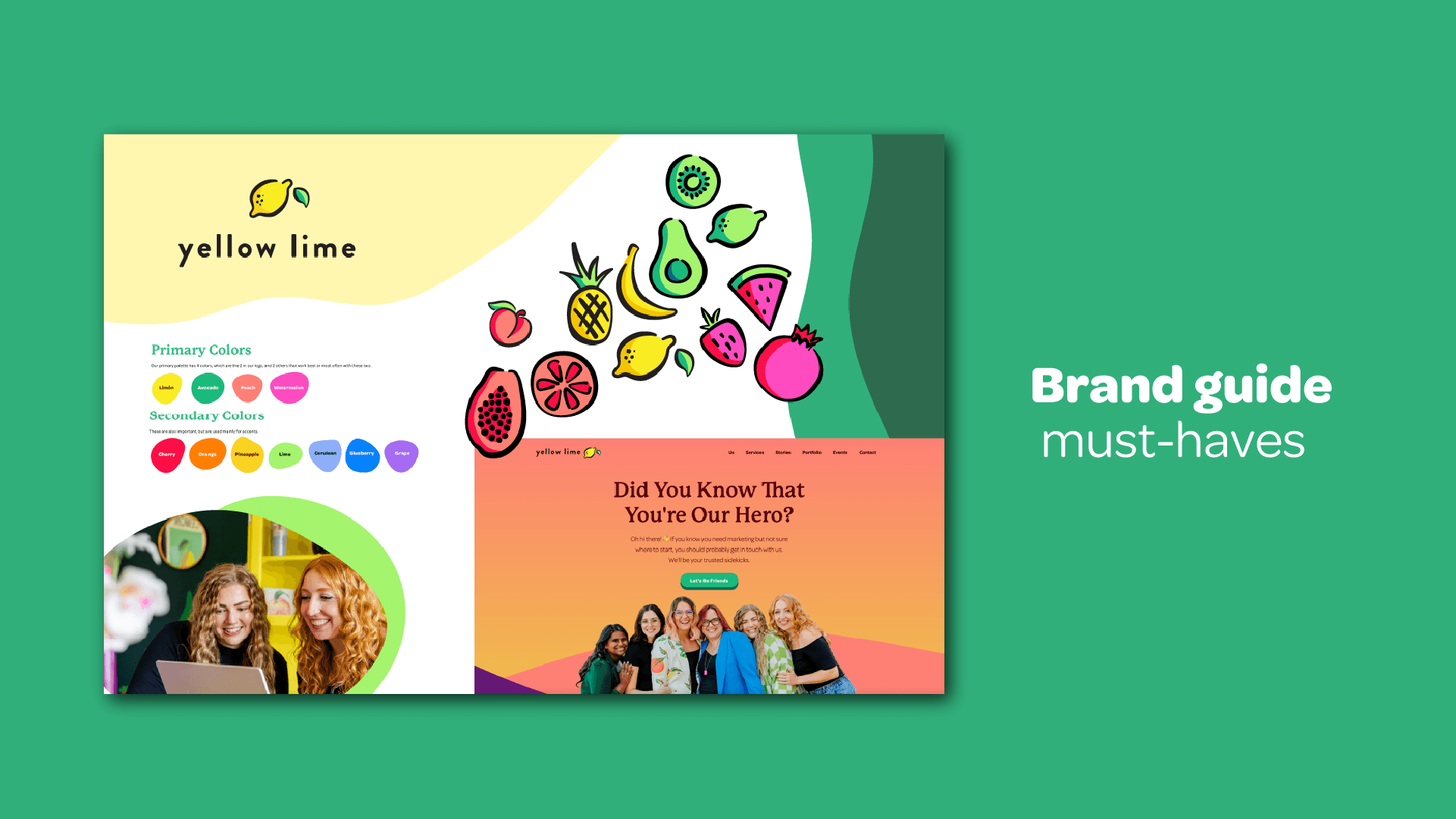Neuromarketing: Connecting with the Old Brain


Do you ever think about your brain?
Kind of a wild question since you have to use your brain to think about your brain. Big brain moment right there, sorry.
Okay. Now think about it: Your brain controls your thoughts, emotions, senses, breathing, hunger, and every other process that regulates your body. But have you ever considered what happens when your brain and marketing meet? There’s a fancy word for it: ✨Neuromarketing ✨(look at you, smarter already), and the scientific definition is: the application of neuroscience and cognitive science to make marketing more effective without testing specific ads or other materials.
Through brain imaging studies, researchers have learned more about what drives our behavior and ultimately our buying decisions. Let’s dig in!
How Your Brain Makes Decisions
It all starts with your “old brain.” (No, not your 80s and 90s pop culture knowledge. Save that for Trivia Night.) Your old brain is literally the first part of your brain to develop and is therefore the oldest. In the book How the Brain Works by human brain scientist Leslie Hart, she says, “... the old brain is the main switch in determining what sensory input will go to the new brain, and what decisions will be accepted.” In marketing, it is key to target this part of your audience’s brain because it can improve your ability to sell, market, and communicate.
So how do we target the old brain? In one way, give it some rewards! A reward system can motivate and push us to accomplish simple tasks. For example: Hungry? Why wait? Snickers knows that if you’re feeling hungry, your reward by feeding yourself is that you’ll no longer be hungry. Ordering a venti instead of a grande coffee? Your reward is an extra boost of energy.
When you experience a positive emotional feeling or feel a sense of comfort/trust from a brand, the more your old brain will latch onto that reward system and say, “YAS!”. Close your eyes and imagine the latest brand you purchased from. Okay, you can open your eyes now. Did you feel a sense of satisfaction or reward from their latest marketing campaign or the product itself? Think of the brands you trust the most: What about them makes you want to continue purchasing from them? When developing marketing campaigns, focus on appealing to that reward-focused part of the brain and what stimulates it.

Four Steps to Success
As marketers, we can break this old-brain-stimulating reward system into four easy steps (These come from the book Neuromarketing: Understanding the “Buy Buttons” in Your Customer’s Brain by Patrick Renvoice and Christopher Morin):
- Diagnose the Pain. We humans tend to focus more energy on avoiding pain and discomfort than on just enjoyment. Another way to describe a type of pain we experience is to think of a problem that needs to be solved. Think about how your product or service can help people and what problem it solves, and use that to craft your message.
- Differentiate Yourself. Your old brain also responds favorably to clear contrast. Make yourself stand out with your message and visually (get flashy!). It’s important to highlight what makes you unique to distinguish from your competitors. When you create visuals, do some research into what’s out there now and see if there’s a way you can create something that stands out from the crowd.
- Safety First. The old brain needs to feel safe and secure before it’s willing to make a decision. Help your audience feel safe and secure by demonstrating that you’re trustworthy, kind, and on their side (also, you should actually be all those things). Then you can describe exactly what it is that your customers will gain from your product.
- Deliver to the Old Brain. Find a way to deliver maximum impact by targeting the old brain. We could dig so much deeper into this step, but we would simply encourage you to read the book if you’re interested in learning more. A few pointers include:
- Using the word You frequently - make it personal!
- Maximize your credibility – share online reviews, or partner with other businesses/accounts who can promote you, rather than just you promoting yourself.
- Generate emotion – humans are emotional beings, so whether it’s joy, sadness, anger, or disgust (Inside Out, anyone?), reach out with your feelings.
- Tell good stories - this makes your message more memorable and connects to people in a strong way.
- Less is More - keep it simple. On a billboard or an ad, people will usually only read a maximum of 9 words, so stick to that, or shorter if you can!
What’s Next?
Neuromarketing is a fascinating subject that we can use to connect with our customers and satisfy their needs. It might seem manipulating, but we believe it’s more about understanding people’s real needs and wants to make the world a better place. We can use these principles to help people make healthier choices, take care of the environment, or provide the best possible services to our customers. And if we develop better products, services, processes, and ad campaign ideas, we can all waste less money on advertising campaigns.
We love our clients and the mission behind their work, and we’re so thankful for the opportunity to help our partners grow and market their products and services. We hope this blog helps you learn more about how to stand out from the crowd of advertisers, connect with your audience, and bring your brand to more people!



